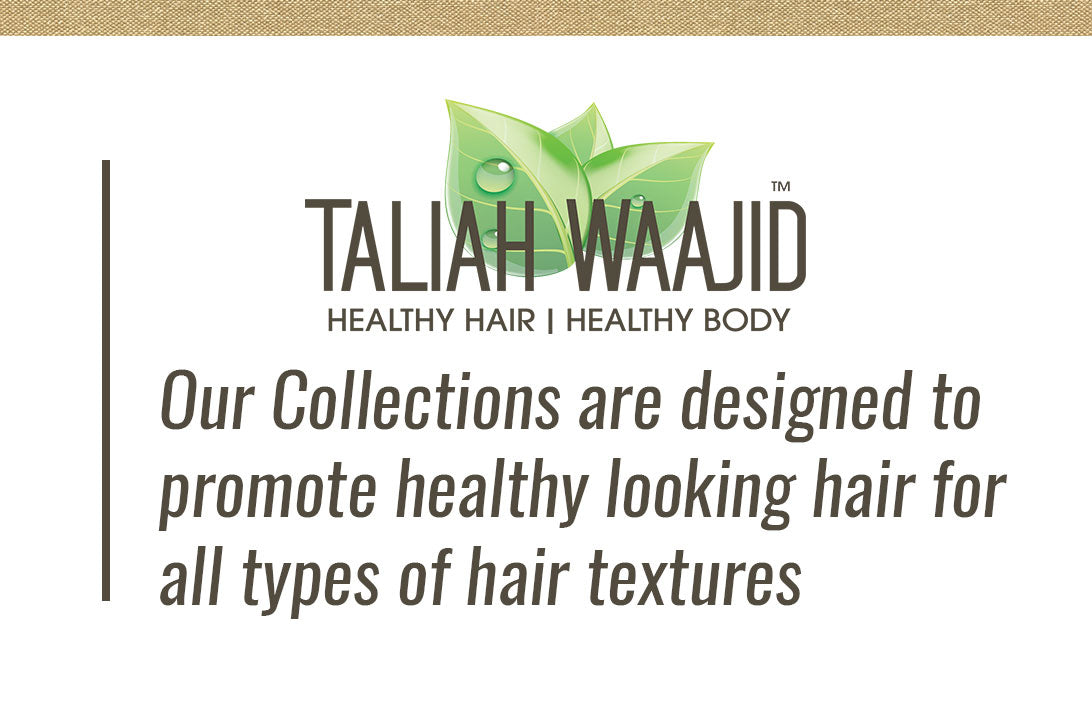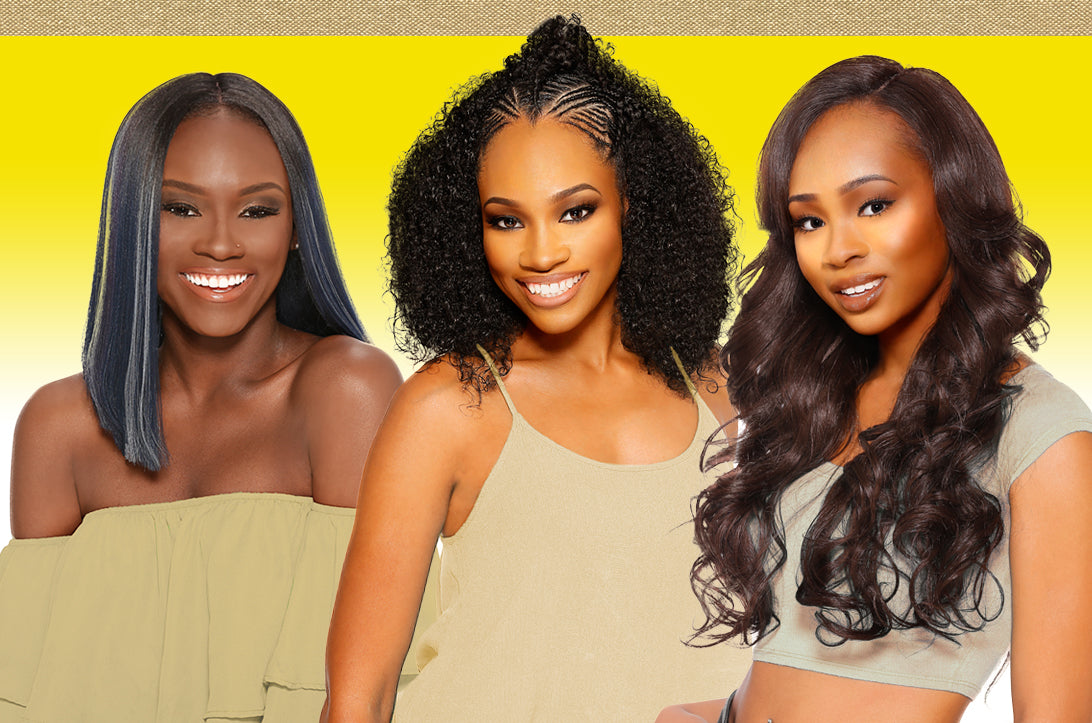When most people hear this question, they automatically think they know the question. They’ve been taught that you always shampoo and THEN condition. Shampoo comes first – no question asked. But this isn’t always the case. While shampoo often comes before conditioner, it can depend on what type of hair you have.
In this blog, we’ll take a look at each of these products more carefully to get a feel for how you should be using them.
What is shampoo?
Shampoo is a cleansing agent that is used to wash away dirt and oil from the surface of hair fibers and the scalp. It contains various surfactants and detergents that allow you to remove oil, sweat, product buildup, and environmental pollutants from your hair.
What is conditioner?
Conditioner is a moisturizing agent that is made up of natural oils, proteins, botanical extracts, etc. to keep your hair soft, shiny, and smooth. Even after you rinse the conditioner out, it leaves a thin film on your hair to protect it.
How to use shampoo and conditioner
Generally, most people must apply shampoo to their hair every few days to every few weeks in order to keep it clean and orderly. This removes dirt and oils from the hair. However, it can also leave it rough and unmanageable. If you’ve ever lacked conditioner during a shower, you may have felt your hair get frizzy. No one wants that!
This is the traditional “shampoo first, condition second” method that people use. Then, we’ll talk about alternative methods.
-
Saturate your hair with warm water. You should not use hot water because this strips your hair of natural oils, especially if the temperature is too high. If you’re the type of person who loves to stand in near-scalding shower water, avoid putting your hair under the tap. It will leave your hair dry and with no valuable natural oil. The result is not a clean head of hair but dry and brittle locks. It can also lead to itchiness and dandruff. Another mistake that people make when thoroughly applying shampoo is not fully saturating their hair. Remember, every strand needs to be soaking wet in order to get a deep clean. Stand under the tap for a full minute to ensure every strand is drenched.
-
Squirt a small amount of shampoo into the palm of your hand. How much shampoo you use ultimately depends on several factors. Most people should use about 10 millimeters of shampoo to wash your hand. This is equal to about 2 full teaspoons. However, the amount of hair you have, and the texture of your hair are the two biggest factors that can change how much shampoo you need. When could you need more?
- Length: If you have more hair, you’ll naturally need more shampoo.
- Size of a nickel = short hair
- Size of a quarter = medium-length hair
- Size of a half-dollar = long hair
-
Type: Curly and coily hair often need extra product for lather. Thick hair also requires more product than fine hair.
-
Shampoo frequency: More time between washes means more dirt and oil to clean.
-
Apply the shampoo to your hair and massage until lathers. One of the most common mistakes that people make when shampoo is not focusing on the scalp. People will loosely apply the shampoo to the top of their head and work the product down into the ends of their hair instead of focusing on their scalp. Instead, pretend you’re at the hair salon. If you’ve ever had your hair shampooed by a professional, you know they spend minutes massaging your scalp with the product. Regardless of your hair type, you should spend about three minutes cleaning your scalp with shampoo. It will naturally work its way down into the ends of your hair, so you don’t have to worry about that too much.
-
Rinse your hair and scalp completely. Make sure to take time to rinse your hair completely. Sometimes people whip through this part of the process, and this allows the shampoo to build up on their hair, which prompts it to get oily faster than they’d like. Rinse your hair for a full minute before moving onto the next step.
-
Squirt a small amount of conditioner into your hand. Just like shampoo, the right amount of conditioner will depend on your hair. If you’re looking for an amount, try for around 2 quarters-worth of product. If your hair is thick or curly/coily and absorbs conditioner easily and rapidly then add more.
-
Massage the conditioner into the bottom 2/3 of your hair. This is a common mistake that people make when using conditioner. Like shampoo, they’ll dumb conditioner onto their scalp. Unfortunately, this can cause your hair to get oily fast, and you don’t actually need conditioner at your roots. Focus the conditioner at the bottom 2/3 of your hair and leave it in for about 3 minutes.
- Rinse your hair completely. Take time to rinse your hair thoroughly to make sure that all the conditioner is out. If possible, cold water should be used when rinsing the conditioner out of your hair This closes the cuticles and pores in the scalp and also adds luster and shine to your hair.
- Blot your hair with a towel. After showering, gently blot your hair with a towel, don’t vigorously rub as this will rough up your cuticles and cause frizz.
What is reverse shampooing?
Reverse shampooing, also known as pre-wash conditioning, proposes that you apply conditioner before applying shampoo. This is contrary to what many have been “taught” is proper hair care. However, reverse shampooing can be incredibly beneficial to your hair. If you have fine hair, and you’re constantly feeling as if it’s weighed down or greasy, then conditioning first and shampooing second can help solve some of your problems. It can give your hair the hydration and nourishment it needs from the conditioner without making it heavy and lifeless.
Here’s what reverse shampooing looks like:
- Get in the shower and use lukewarm water. This is the same as traditional shampooing. Don’t scald your hair! It’ll damage it.
- Completely saturate your strands. Again, this is just good practice. Your hair must be fully wet to get the full benefit of washing.
- Apply the proper amount of conditioner. Using the guideline in the above section, apply conditioner to your hair and leave it on for the directed amount of time. This can be anywhere from 3 to 7 minutes, and people will often wash their face or shave while their conditioner is setting. After it sits, rinse it out completely.
- Move on to shampoo. Once you’ve completely rinsed out your conditioner, it’s time to shampoo. Again, focus on the scalp and really work it in there. You want to make sure you remove any dirt, oil, build-up, etc. Once you’re done massaging for around three minutes, rinse it out.
- Blot your hair dry. That’s it! There’s not much more to reverse shampooing than that. You can use many of the same tips from traditional shampooing during this process; you just use conditioner first.
What is co-washing?
During the traditional shampooing versus reverse shampooing conversation, you may hear the term co-washing. This is another popular new trend. Co-washing is the act of washing your hair solely with conditioner. The goal of this routine is to cut down on the use of shampoo via a co-washing regime so that hair is able to maintain its natural moisture levels.
Should I consider co-washing?
If you’re interested in co-washing, make sure you don’t fall into these categories. If you do, you’ll need to cleanse your hair with shampoo regularly to make sure you don’t have dirty and oils on your scalp and in your hair.
- You experience scalp problems or build-up
- Your daily products contain heavy coating oils and silicone
- You work in a dusty environment
Make sure to use products as directed
In the conversation about traditional shampooing, reverse shampooing, and co-washing, we must highlight the importance of using products as directed. For example, this Taliah Waajid Green Apple and Aloe Nutrition after Shampoo Conditioner specifically notes that it’s for “after shampoo use.”
Likewise, you’ll find products like this Shea-Coco 2-in-1 Conditioning Co-Wash that is made for co-washing. It’s not recommended that you simply take the products you already have in your shower and use them for your chosen purposes. If the product says it’s a co-wash or to shampoo first, then you know that it was specifically formulated to give the best results that way!
Instead of repurposing your current products, seek out formulas that are intended for whatever type of washing is best for your hair (traditional, reverse, co-washing, etc.).
Final thoughts
There are as many ways to care for hair as there are hair types! If you are interested in learning about how to care for YOUR hair, read more about How to Create a Healthy Hair Regimen.
WRITE FOR US
Think you've got a fresh perspective that will challenge our readers to engage and educate themselves on how to attain a healthier self, hair and skin included? We're always looking for authors who can deliver quality articles and blog posts. Thousands of men and women will read your work, and you will level up in the process.
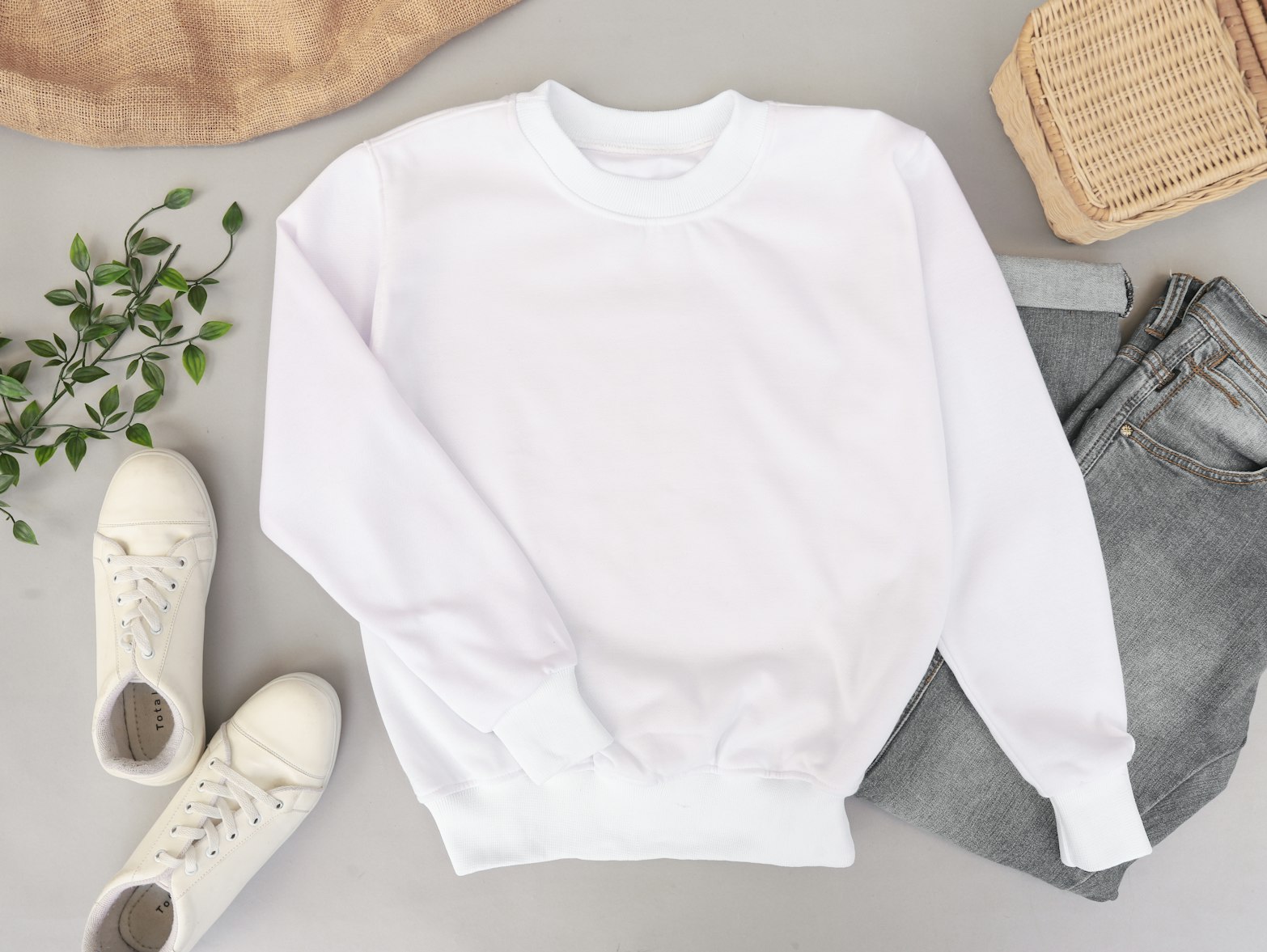
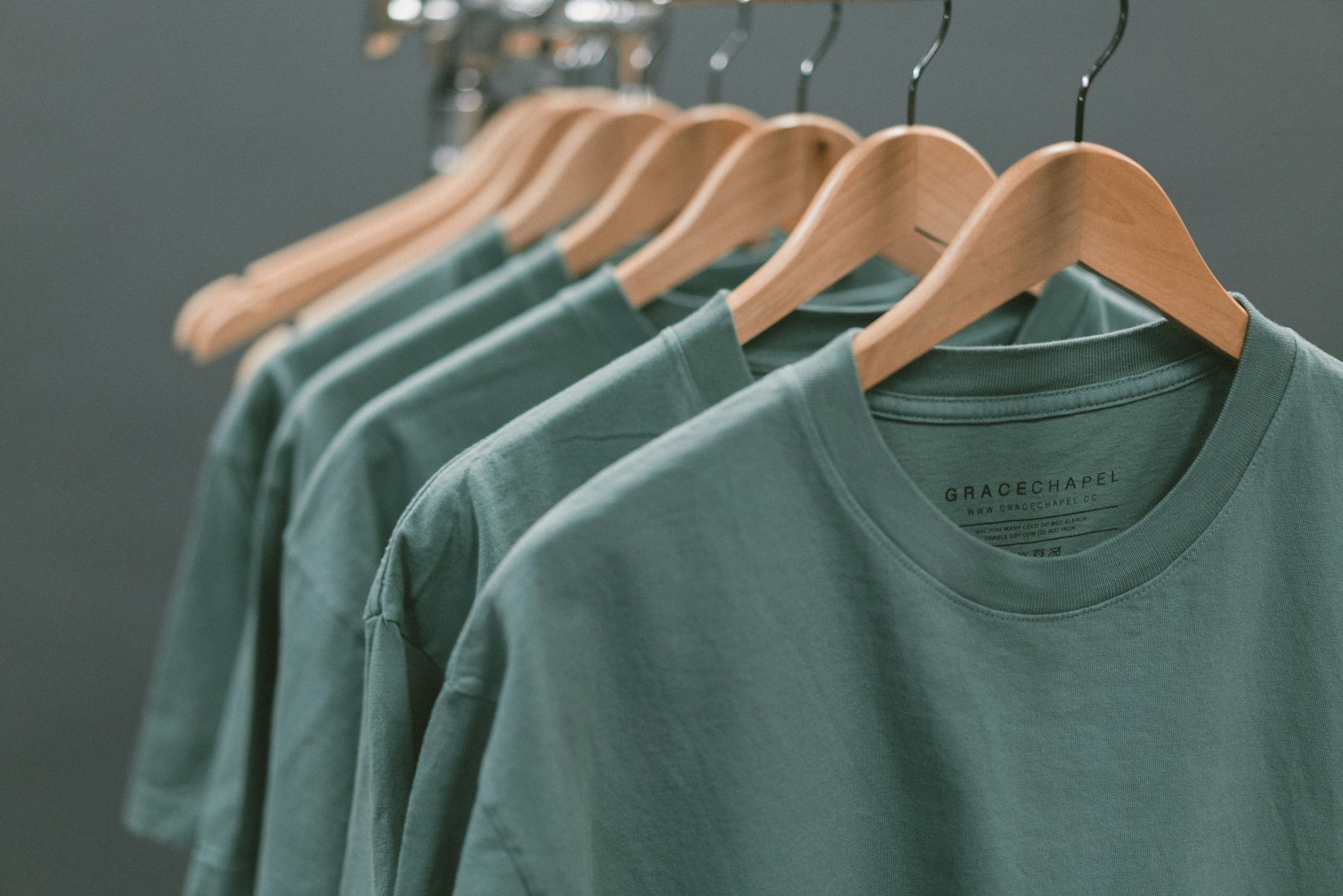
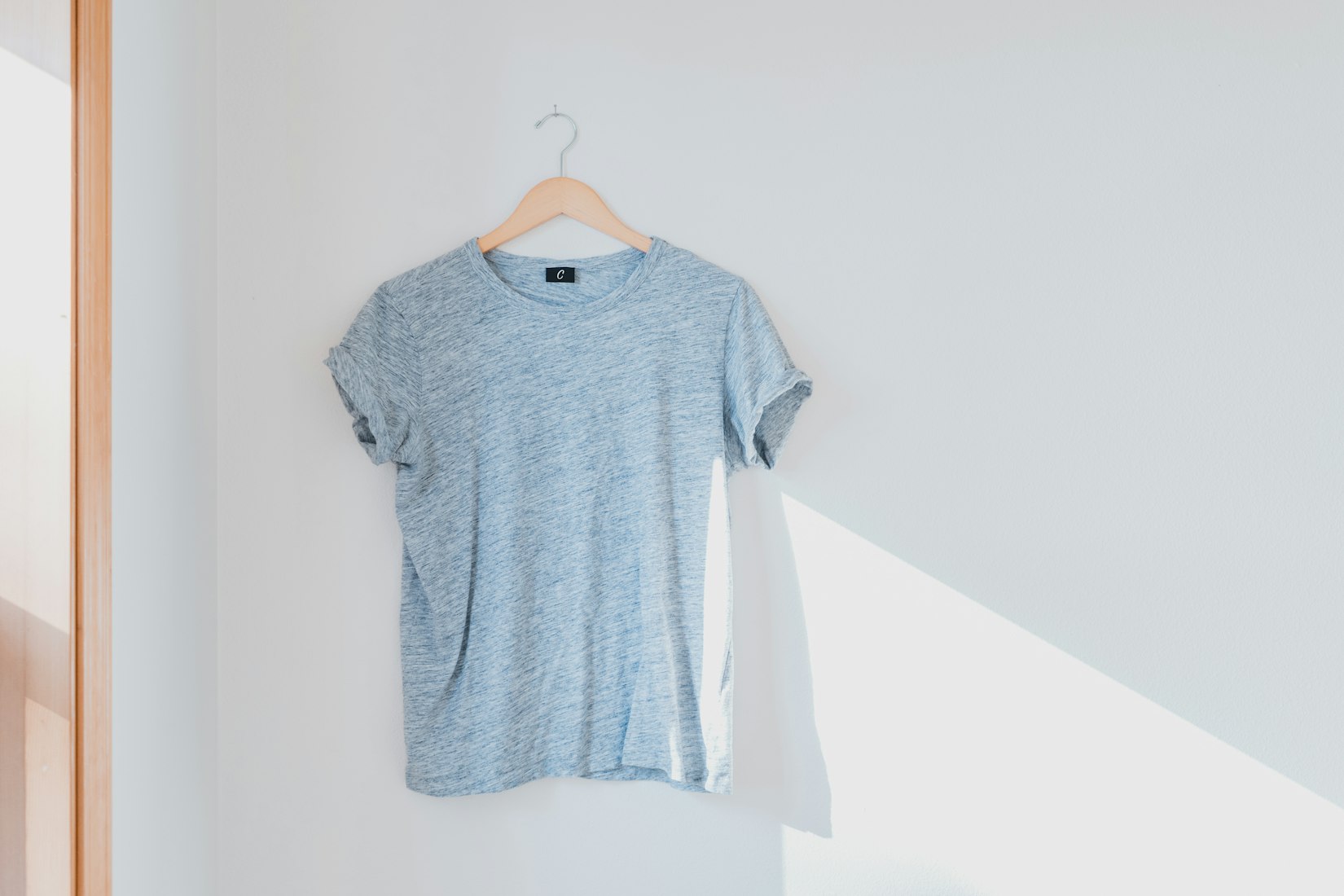
 English
English Arab
Arab
